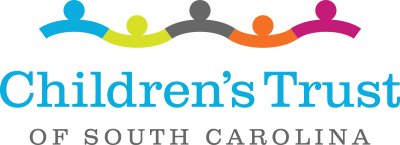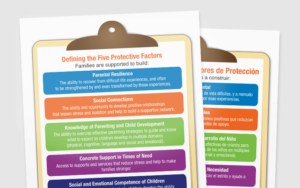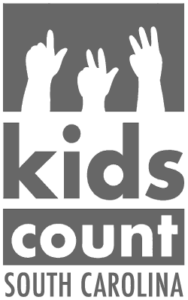Managing stress and functioning well when faced with challenges, adversity and trauma.
Families who can cope with the stresses of life, such as unemployment, poverty and homelessness, have resilience. Resilience often comes from inner strengths such as faith, humor, supportive relationships, problem solving and flexibility. Resilience is what allows parents to continue giving their children the nurturing care they need even when times are tough.
Be strong and flexible.











